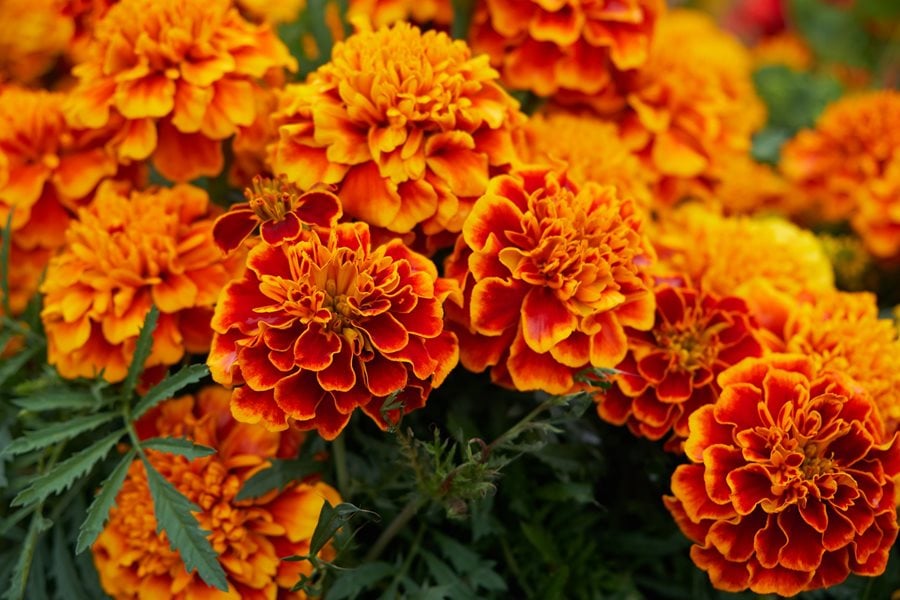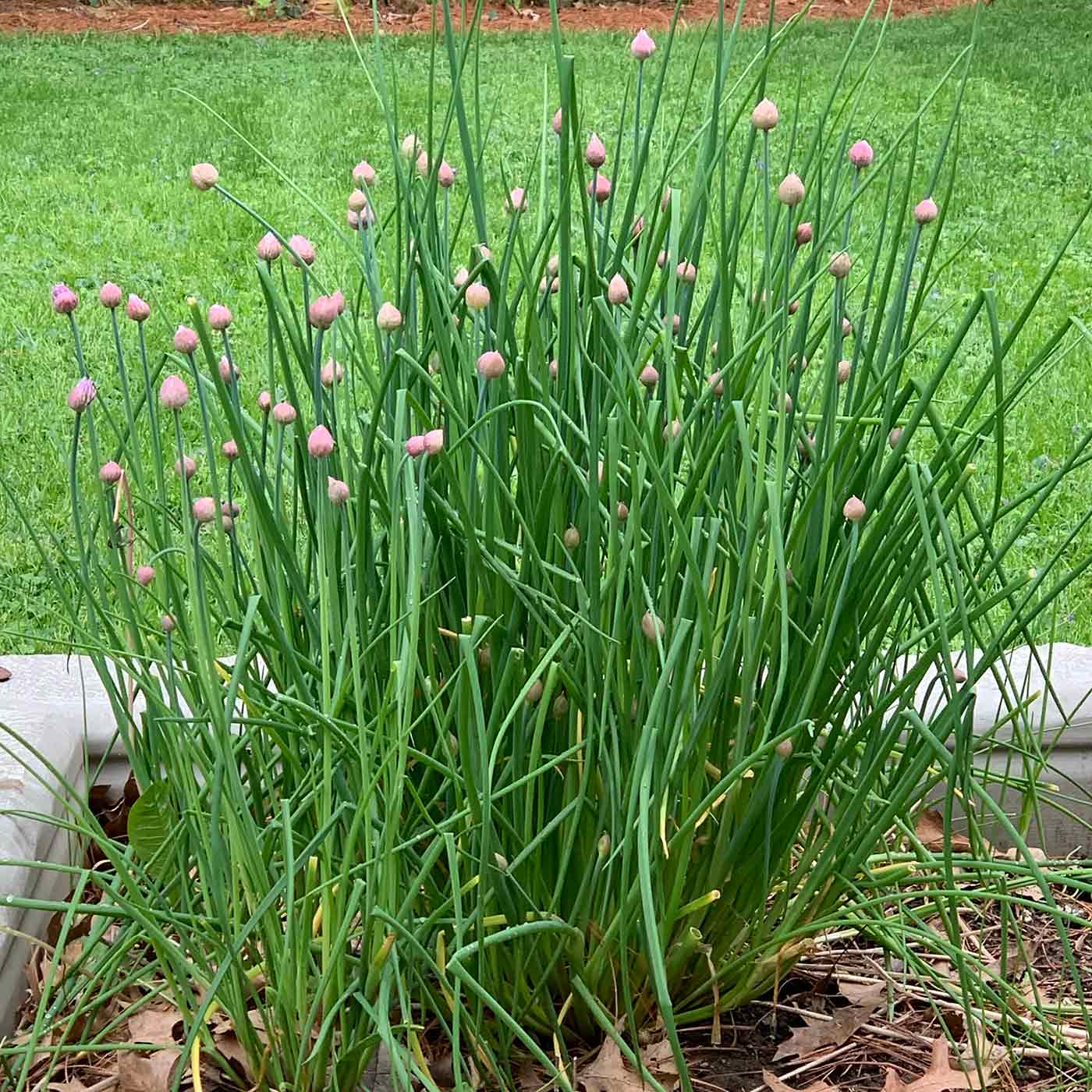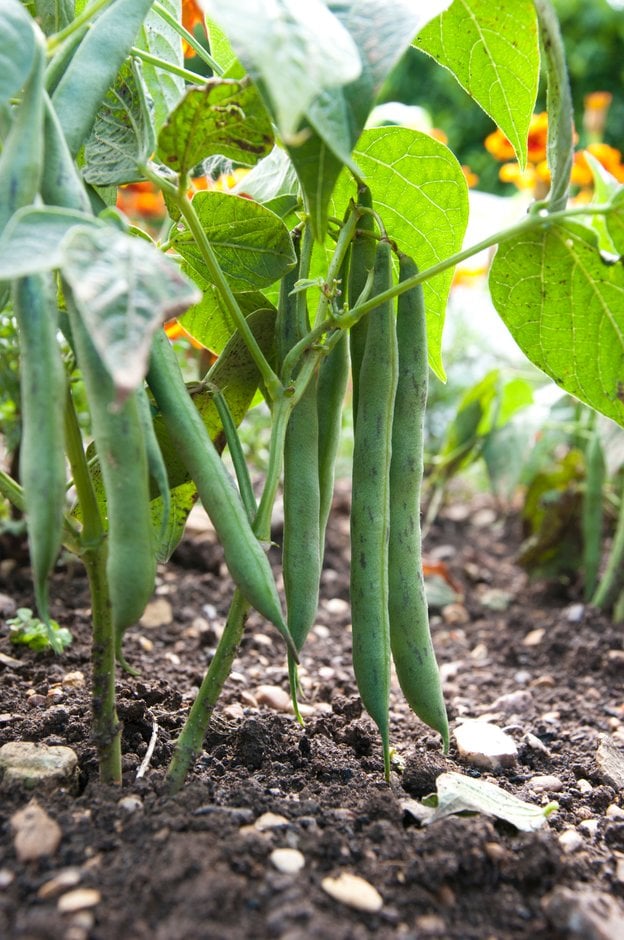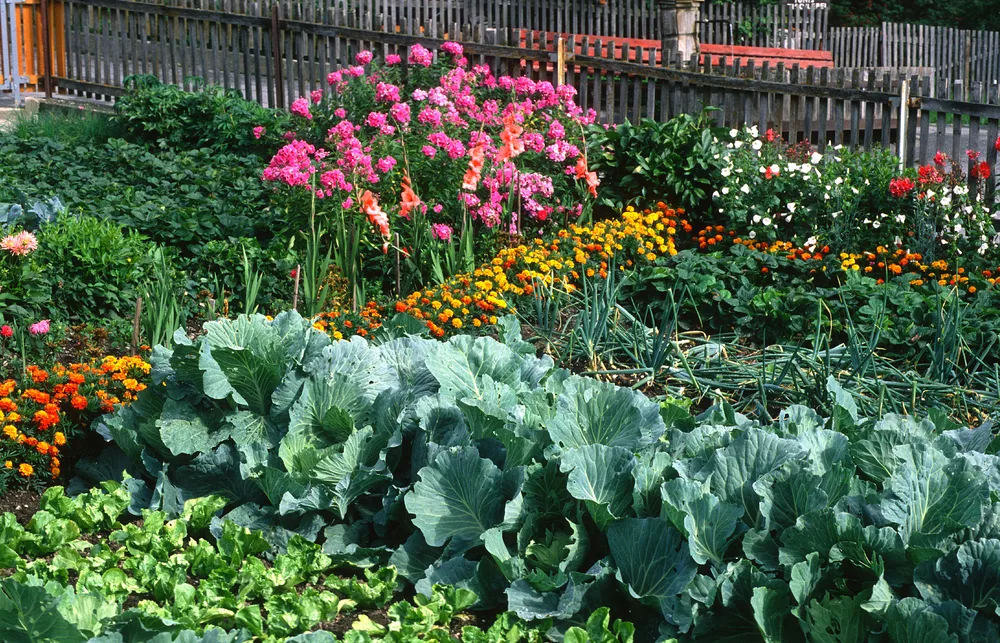Grow A Beautiful Harvest Of Red Cabbage With These Companion Plants
Grow a Beautiful Harvest of Red Cabbage with These Companion Plants
Red cabbage is a delicious and versatile vegetable that can be enjoyed in a variety of dishes. It is also a relatively easy crop to grow, but there are a few things you can do to improve your chances of success. One of the best ways to do this is to plant companion plants with your red cabbage.
Companion planting is the practice of planting certain types of plants together to benefit each other. There are many different companion plants that can be grown with red cabbage, but some of the best include:
- Marigolds: Marigolds are a great companion plant for red cabbage because they help to repel pests. The strong scent of marigolds is unpleasant to many pests, including cabbage worms, aphids, and whiteflies.

- Chives: Chives are another great insect repellent, and they also help to improve the taste of red cabbage. The leaves of chives can be chopped and sprinkled on top of red cabbage salads or used to make a delicious chive and dill sauce.

- Beans: Beans are a nitrogen-fixing plant, which means they can help to improve the soil quality around your red cabbage plants. Nitrogen is an important nutrient for cabbage, so this can help to promote healthy growth.
-(2).jpg)
- Carrots: Carrots and red cabbage are not only compatible plants, but they can also help to improve each other's flavor. The sweet taste of carrots can help to balance out the slightly bitter taste of red cabbage, and the strong scent of red cabbage can help to deter pests from carrots.
- Onions: Onions are another great companion plant for red cabbage because they help to repel pests. The strong scent of onions is unpleasant to many pests, including cabbage worms, aphids, and whiteflies.
In addition to these companion plants, there are a few other things you can do to improve your chances of growing a beautiful harvest of red cabbage. First, make sure to choose a sunny spot in your garden with well-drained soil. Red cabbage is a heavy feeder, so you will also need to fertilize your plants regularly. Finally, water your red cabbage plants deeply and consistently, especially during hot, dry weather.
With a little planning and care, you can easily grow a beautiful harvest of red cabbage in your garden. And by planting companion plants, you can help to improve your chances of success and keep your plants healthy and pest-free.
Red cabbage is a delicious and versatile vegetable that can be enjoyed in many different ways. But did you know that there are certain plants that can help to improve the growth and flavor of red cabbage?
Companion planting is the practice of planting certain plants together in order to benefit each other. For example, some plants can attract beneficial insects, while others can repel pests. Red cabbage can benefit from being planted near companion plants such as chamomile, wormwood, chives, summer savory, coriander, tansy, yarrow, dill, mint, thyme, hyssop, chervil, geranium, rue, sage, and oregano.
These plants can help to deter pests such as cabbage moths, cabbage loopers, and aphids. They can also attract beneficial insects such as ladybugs and parasitic wasps, which can help to control pests. Additionally, some of these plants can improve the flavor of red cabbage.
If you are interested in learning more about red cabbage companion plants, I recommend visiting the Gardenia Inspiration. This website has a comprehensive list of companion plants for red cabbage, as well as information on how to plant and care for these plants.
FAQ of red cabbage companion plants
Q1: What are the best companion plants for red cabbage?
A: Red cabbage benefits from being planted near companion plants that deter pests, attract beneficial insects, and improve soil health. Some of the best companion plants for red cabbage include:
- Chamomile: Chamomile helps to repel cabbage moths and other pests.
- Wormwood: Wormwood deters cabbage loopers and other insects.
- Chives: Chives attract beneficial insects, such as ladybugs and hoverflies.
- Summer savory: Summer savory helps to repel cabbage root maggots.
- Coriander: Coriander attracts beneficial insects, such as parasitic wasps.
- Tansy: Tansy deters cabbage moths and other pests.
- Yarrow: Yarrow attracts beneficial insects, such as ladybugs and lacewings.
- Dill: Dill attracts beneficial insects, such as hoverflies and parasitic wasps.
- Mint: Mint helps to repel cabbage root maggots.
- Thyme: Thyme attracts beneficial insects, such as ladybugs and lacewings.
- Hyssop: Hyssop helps to repel cabbage loopers and other insects.
- Chervil: Chervil attracts beneficial insects, such as ladybugs and hoverflies.
- Geranium: Geranium deters cabbage moths and other pests.
- Rue: Rue deters cabbage loopers and other insects.
- Sage: Sage attracts beneficial insects, such as ladybugs and lacewings.
- Oregano: Oregano attracts beneficial insects, such as ladybugs and hoverflies.
Q2: What plants should I avoid planting near red cabbage?
A: There are a few plants that you should avoid planting near red cabbage, as they can attract pests or diseases. These plants include:
- Broccoli: Broccoli is susceptible to the same pests and diseases as red cabbage, so it is best to avoid planting them together.
- Cauliflower: Cauliflower is susceptible to the same pests and diseases as red cabbage, so it is best to avoid planting them together.
- Kale: Kale is susceptible to the same pests and diseases as red cabbage, so it is best to avoid planting them together.
- Cucumbers: Cucumbers can attract the cucumber beetle, which can also damage red cabbage.
- Melons: Melons can attract the melon aphid, which can also damage red cabbage.
Q3: How far apart should I plant red cabbage and its companion plants?
A: The spacing requirements for red cabbage and its companion plants will vary depending on the specific plants involved. However, as a general rule of thumb, you should plant red cabbage and its companion plants at least 18 inches apart.
Q4: What are some other benefits of companion planting with red cabbage?
A: In addition to deterring pests and diseases, companion planting with red cabbage can also provide other benefits, such as:
- Improved soil health: Companion plants can help to improve soil health by breaking down organic matter, increasing nutrient availability, and suppressing weeds.
- Increased pollination: Companion plants can attract beneficial insects, such as bees and butterflies, which can help to increase pollination.
- Reduced watering needs: Companion plants can help to reduce watering needs by shading the soil and retaining moisture.
Q5: What are some tips for companion planting with red cabbage?
A: Here are a few tips for companion planting with red cabbage:
- Do your research: Before you start planting, do some research to learn about the specific needs of red cabbage and its companion plants.
- Experiment: There is no one-size-fits-all approach to companion planting, so experiment to find the combinations that work best for you.
- Be flexible: The needs of your plants may change over time, so be prepared to adjust your plantings accordingly.
Image of red cabbage companion plants
5 different images of "red cabbage companion plants" from Pinterest:
These two plants are both heavy feeders, so they benefit from each other's nutrients. Carrots also help to repel pests from cabbage, such as cabbage loopers and cabbage root maggots.
Beets and cabbage are both members of the brassica family, so they have similar needs. They also help to deter pests from each other.
Chives help to repel cabbage moths and other pests from cabbage. They also add a bit of flavor to cabbage dishes.
Marigolds help to repel a variety of pests from cabbage, including cabbage worms, aphids, and spider mites. They also add a splash of color to the garden.
Nasturtiums help to repel aphids and other pests from cabbage. They also attract beneficial insects, such as ladybugs and hoverflies, which help to control pests.



Post a Comment for "Grow A Beautiful Harvest Of Red Cabbage With These Companion Plants"